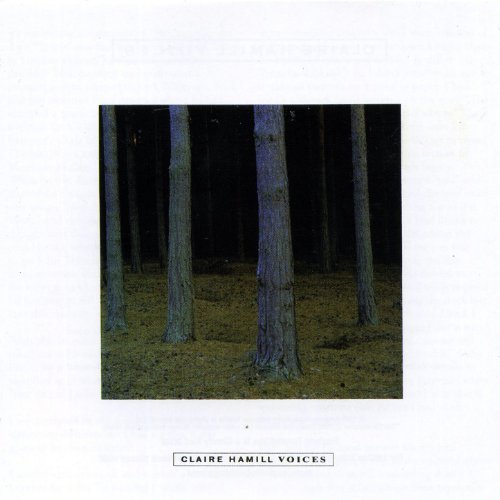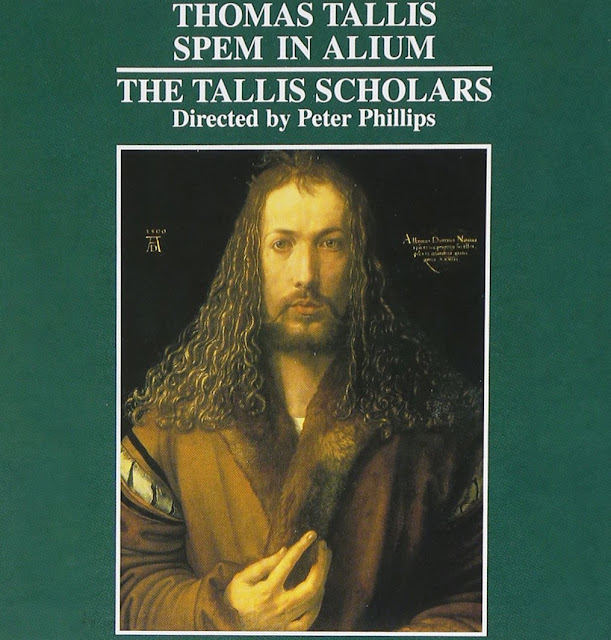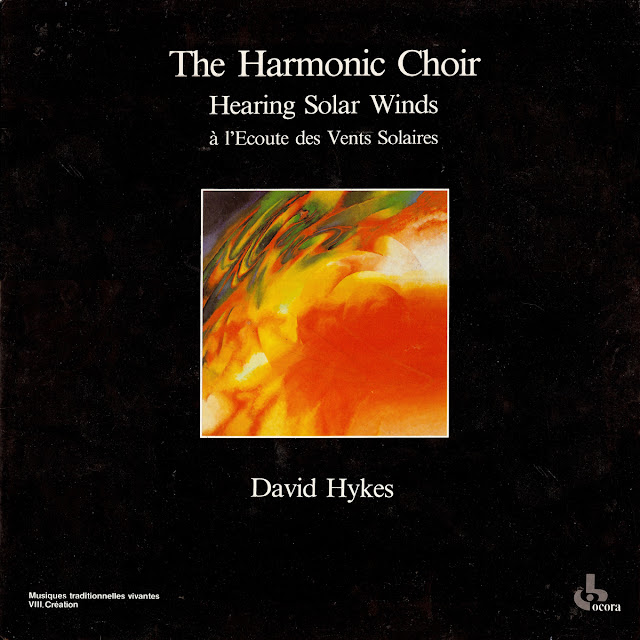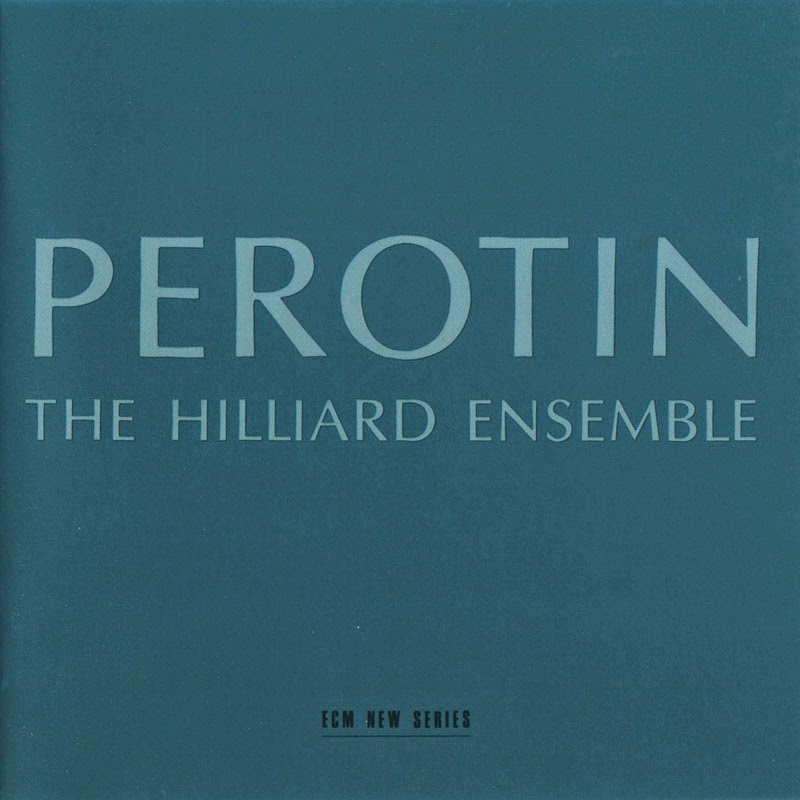
Quarteto em Cy – Quarteto em Cy, 1964





Previously: 2015
 |
buy |
|
 |
buy / download |
|
 |
buy |
|
 |
buy |
|
 |
download |
|
 |
buy / download |
|
 |
buy / download |
|
 |
buy / download |
|
 |
buy / download |
|
 |
buy / download |
|
 |
download |
|
 |
buy / download |
|
 |
buy |
|
 |
buy / download |
|
 |
download |
|
 |
buy |
|
 |
download |
|
 |
download |
|
 |
download |
|
 |
buy / download |
Lastly, a note that this isn’t as listenable or poppy as the mixes that I typically make, though I did try to arc it in a way that feels good. I’m not really sure what its ideal listening environment is–it probably involves headphones–so I hope that you enjoy it all the same! If you’d like an mp3 version you can download it here. Thank you for listening 💜


The motet is laid out for eight choirs of five voices. It’s most likely that Tallis intended his singers to stand in a horseshoe shape. Beginning with a single voice from the first choir, other voices join in imitation, each in turn falling silent as the music moves around the eight choirs. All forty voices enter simultaneously for a few bars, and then the pattern of the opening is reversed with the music passing from choir eight to choir one. There is another brief full section, after which the choirs sing in antiphonal pairs, throwing the sound across the space between them. Finally all voices join for the culmination of the work. Though composed in imitative style and occasionally homophonic, its individual vocal lines act quite freely within its elegant harmonic framework, allowing for a large number of individual musical ideas to be sung during its ten- to twelve-minute performance time. The work is a study in contrasts: the individual voices sing and are silent in turns, sometimes alone, sometimes in choirs, sometimes calling and answering, sometimes all together, so that, far from being a monotonous mess, the work is continually presenting new ideas.

“This recording was made in L’Abbaye du Thoronet, a 12th-century Cisterian monastery in Provence, where I had previously brought the choir in 1978. The simple harmonic geometry of the abbey seemed perfectly proportioned to magnify the choir’s music and let it resonate within its sacred space. Working there was an incredible challenge: our sensations, our breathing, and even our thoughts and emotions became intensely amplified.”
–David Hykes, liner notes

When I was in high school, a burned copy of this CD made the rounds among the “cool” choir kids. It was passed discreetly with knowing nods, intended for the ears of those who would “get it.” To this day, it’s still one of my favorite choral compilations (if only I were still in high school, maybe I could still be cool), but I think it speaks to a much wider range of people than a few self-aggrandizing choir dorks might have imagined. Performed by the venerated/veteran Hilliard Ensemble* (they mostly perform early music, but have also dabbled in Gavin Bryars and John Cage, and have collaborated a lot with Arvo Pärt), this is a collection of works written by the legendary Pérotin, who lived sometime in the late 12th and early 13th century and was responsible for some of the earliest polyphonic music of which we have written and attributed documentation. (Gregorian chant is earlier and is monophonic.) All that aside, this music is spacious, vibrant, and dovetailing. It doesn’t mind if you’re uninterested in Christianity or choral music or even the western tradition.
*If anyone’s going to be in London around Christmas, the Hilliard Ensemble’s last performance ever will be on December 20th at Wigmore Hall. They’ll be performing Pérotin’s “Viderunt Omnes,” one of the few existing examples of four-part organa, among others. It will be a seriously historical moment, so don’t miss it. Tickets here.